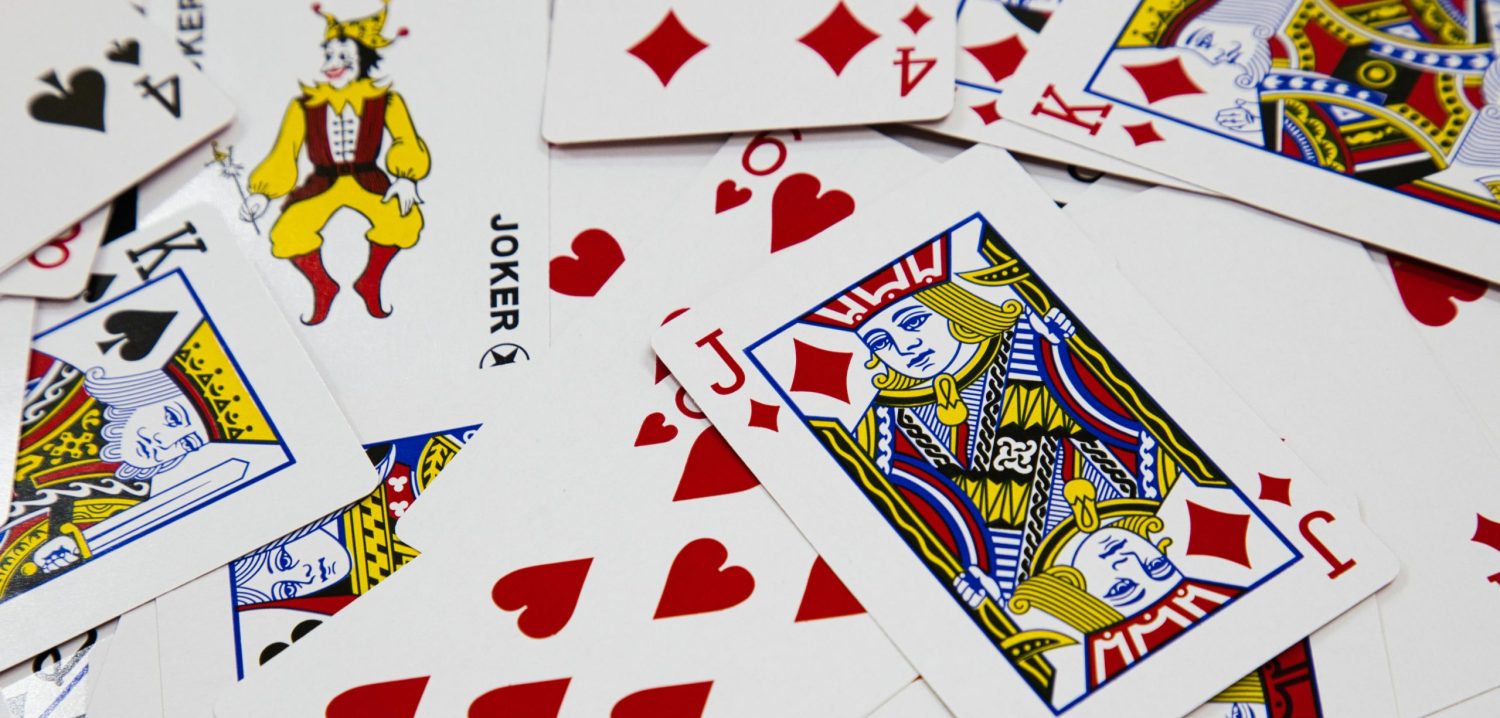
The Philippines has emerged as a vibrant gaming community‚ with a growing number of gamers and esports enthusiasts. To cater to this audience‚ game developers and publishers are looking for winning features that can engage and retain players. In this article‚ we’ll explore the key features that can make a game successful in the Philippines.
Understanding the Philippine Gaming Market
The Philippines has a thriving gaming industry‚ with a large and diverse player base. To succeed in this market‚ game developers must understand the local gaming culture and preferences. Here are some insights:
- Mobile gaming is king: The majority of Filipino gamers play on mobile devices‚ making mobile gaming a crucial platform for game developers.
- Social interaction is key: Filipinos love to play games with friends and family‚ making social features and multiplayer capabilities essential.
- Competition is fierce: The Philippines has a strong esports scene‚ with many professional teams and players competing in local and international tournaments.
Winning Features for Philippine Gamers
So‚ what features can make a game successful in the Philippines? Here are some winning features:
1. Localization
- Language support: Offering games in multiple languages‚ including Filipino languages such as Tagalog‚ Cebuano‚ and Ilocano‚ can help reach a broader audience.
- Culturally relevant content: Incorporating local culture‚ music‚ and themes can make games more appealing to Filipino players.
2. Social Features
- Multiplayer capabilities: Allowing players to team up with friends or compete against each other can enhance the gaming experience.
- Social media integration: Integrating social media features can enable players to share their progress and achievements with friends and family.
3. Esports Support
- Competitive modes: Offering competitive game modes and leaderboards can cater to the country’s strong esports scene.
- Regular updates and events: Regular updates‚ events‚ and tournaments can keep players engaged and interested.
4. Accessibility and Affordability
- Affordable pricing: Offering affordable pricing options‚ such as free-to-play models or affordable in-game purchases‚ can make games more accessible to a wider audience.
- Low-end device support: Optimizing games for low-end devices can ensure that players with lower-end hardware can still enjoy the game.
5. Community Engagement
- Community building: Creating a strong community around the game can foster loyalty and retention.
- Feedback mechanisms: Providing channels for players to provide feedback and suggestions can help improve the game and build trust.
Popular Games in the Philippines
Some popular games in the Philippines include:
- Mobile Legends: A multiplayer online battle arena (MOBA) game that has become a staple in the country’s esports scene.
- Call of Duty: Mobile: A first-person shooter game that has gained a large following in the Philippines.
- PUBG Mobile: A battle royale game that is popular among Filipino gamers.
To succeed in the Philippine gaming market‚ developers must understand the local gaming culture and preferences. By incorporating features such as localization‚ social interaction‚ esports support‚ accessibility‚ and community engagement‚ game developers can create games that resonate with Filipino players.

Monetization Strategies for PH364 Gamers
When it comes to monetization‚ Philippine gamers have unique preferences. Here are some strategies that can help game developers succeed:
- Affordable In-Game Purchases: Filipino gamers are sensitive to pricing‚ so offering affordable in-game purchases can encourage players to spend more. For example‚ GCash and PayMaya are popular payment options in the Philippines‚ and game developers can consider integrating these e-wallets into their games.
- Free-to-Play Models: Free-to-play models with optional in-game purchases can be attractive to players who are hesitant to spend money upfront. Games like Mobile Legends and Arena of Valor have successfully implemented this model in the Philippines;
- Reward-Based Systems: Implementing reward-based systems‚ such as daily rewards or loyalty programs‚ can incentivize players to continue playing and spending money. For instance‚ Globe’s gaming platform‚ GoWatch‚ offers rewards and incentives to its users.
Popular Game Genres in the Philippines
The Philippine gaming market has a diverse range of popular game genres. Here are some of the most popular ones:
- Mobile Legends and Multiplayer Online Battle Arenas (MOBAs): Games like Mobile Legends and Arena of Valor have gained massive popularity in the Philippines‚ with many professional teams and players competing in local and international tournaments.
- Battle Royale Games: Games like PUBG Mobile and Call of Duty: Mobile have a large following in the Philippines‚ with many players enjoying the fast-paced action and competitive gameplay.
- Role-Playing Games (RPGs): RPGs like Mobile Legends and Final Fantasy have a dedicated fan base in the Philippines‚ with many players enjoying the immersive storylines and character customization.
Marketing Strategies for PH364 Games
To effectively market games to Philippine gamers‚ developers can use the following strategies:
- Influencer Marketing: Partnering with local influencers and gaming personalities can help reach a wider audience and build brand awareness. For example‚ Alisson Games and eSports PH are popular gaming influencers in the Philippines.
- Social Media Campaigns: Utilizing social media platforms like Facebook‚ Twitter‚ and Instagram can help engage with players and promote games. Game developers can create engaging content‚ such as behind-the-scenes stories‚ gameplay trailers‚ and tutorials‚ to attract and retain players.
- Community Events: Hosting community events‚ tournaments‚ and esports competitions can help build a loyal player base and generate buzz around games. For instance‚ the Philippine Esports Tournament is a popular event that brings together gamers and teams from across the country.
Challenges and Opportunities in the PH364 Market
While the Philippine gaming market offers many opportunities‚ there are also challenges that game developers must be aware of:
- Infrastructure and Connectivity: The Philippines still faces infrastructure and connectivity challenges‚ which can impact game performance and player experience. Game developers can consider optimizing their games for low-end devices and slower internet connections.
- Piracy and Cheating: Piracy and cheating are significant concerns in the Philippine gaming market‚ and developers must implement effective measures to prevent these issues. For example‚ games can use anti-cheat software and DRM protection to safeguard against piracy and cheating.
- Cultural and Language Barriers: Game developers must be sensitive to cultural and language differences in the Philippines‚ ensuring that their games are accessible and enjoyable for a diverse player base. Games can be translated into local languages and culturally adapted to appeal to a broader audience.
The Philippine gaming market offers many opportunities for game developers‚ but it also presents unique challenges. By understanding local preferences‚ incorporating winning features‚ and implementing effective monetization and marketing strategies‚ game developers can succeed in this vibrant market. As the gaming industry continues to grow in the Philippines‚ we can expect to see even more innovative and engaging games that cater to the needs and preferences of local gamers.







This article provides valuable insights into the Philippine gaming market, highlighting the importance of localization, social features, and esports support in making a game successful in the country. The emphasis on mobile gaming and social interaction is particularly relevant, given the popularity of mobile devices and multiplayer gaming among Filipinos.